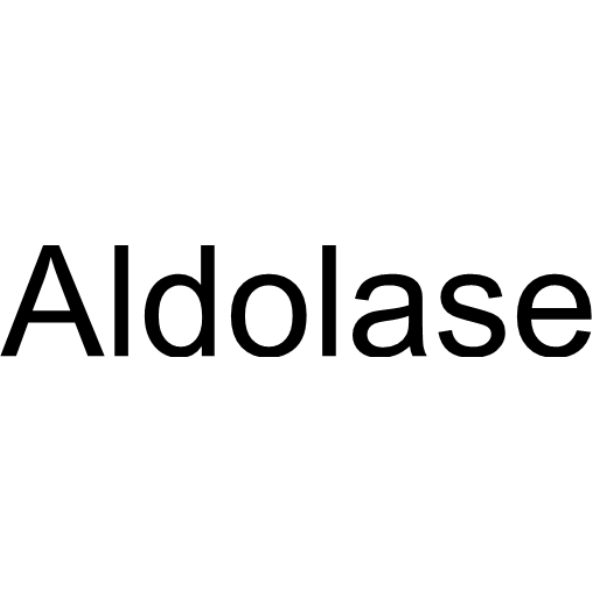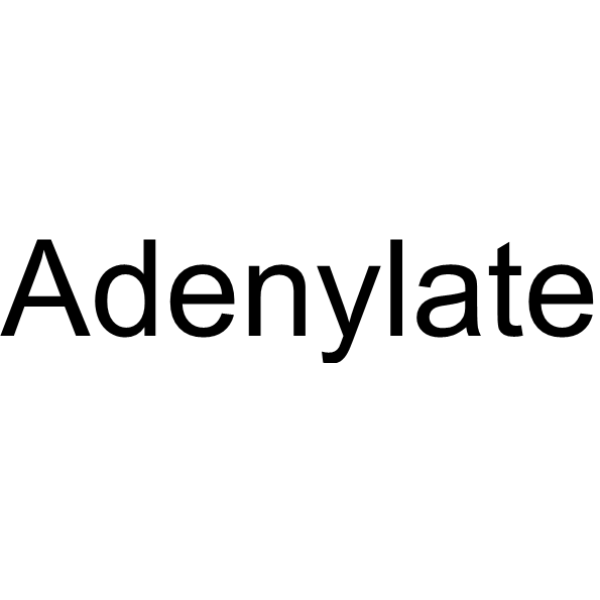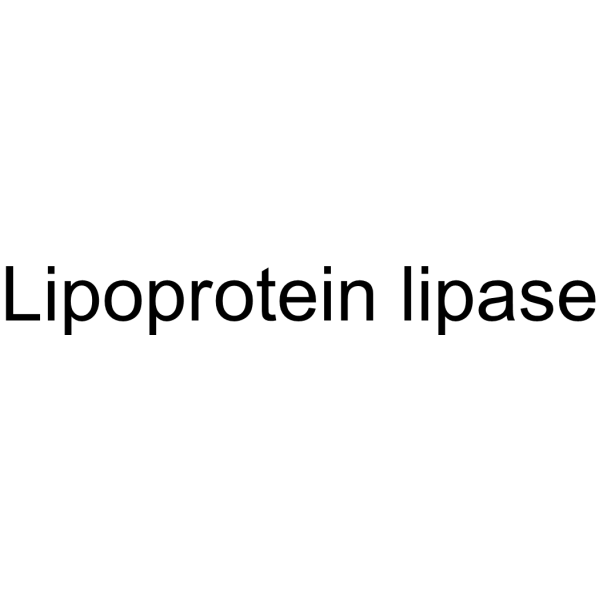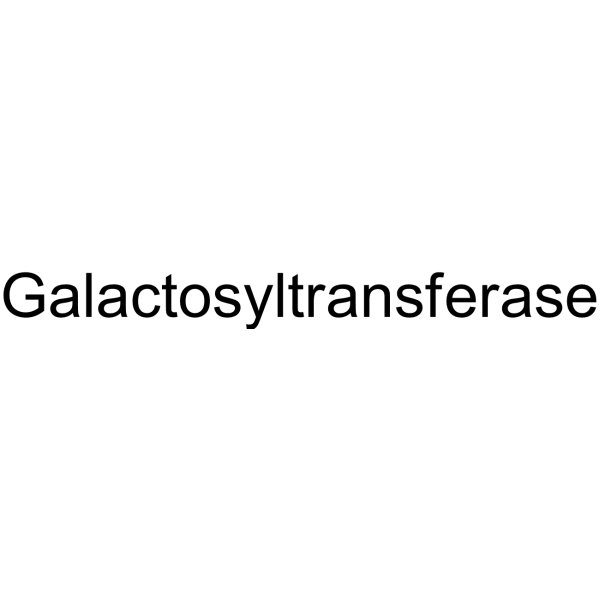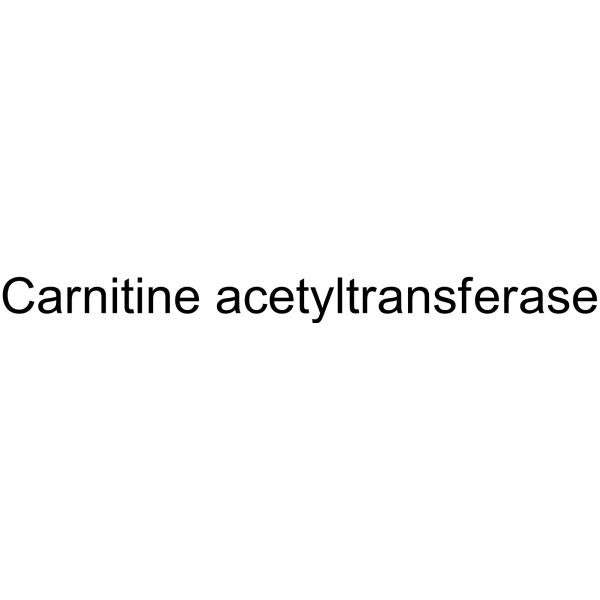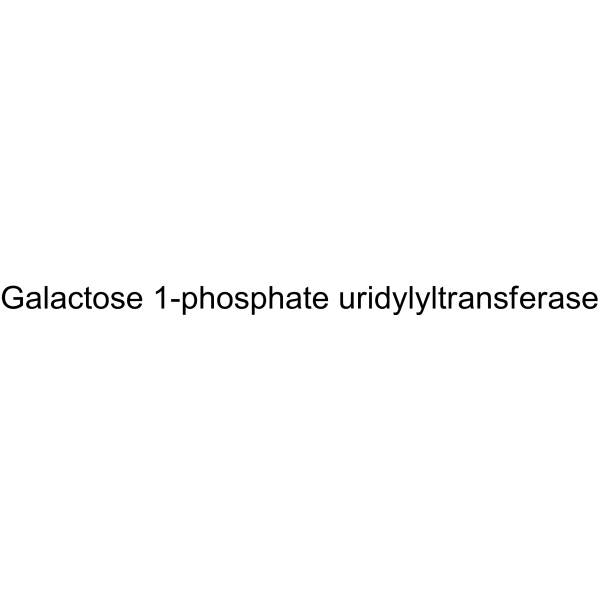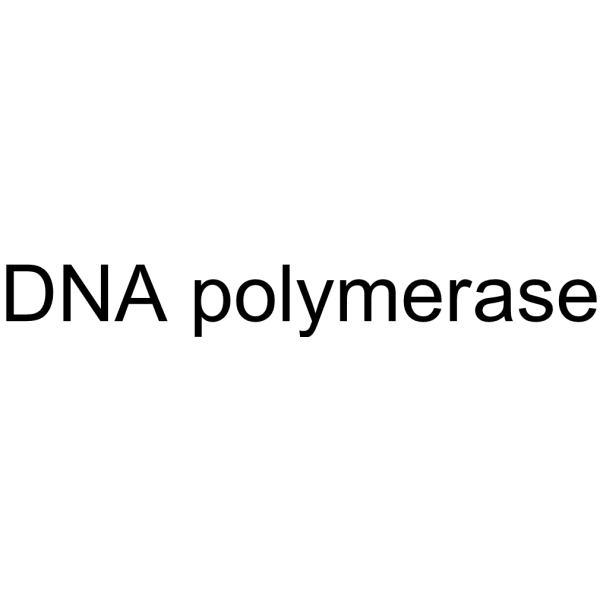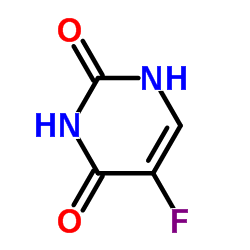Nature
2004-05-27
DNA sequence and analysis of human chromosome 9.
S J Humphray, K Oliver, A R Hunt, R W Plumb, J E Loveland, K L Howe, T D Andrews, S Searle, S E Hunt, C E Scott, M C Jones, R Ainscough, J P Almeida, K D Ambrose, R I S Ashwell, A K Babbage, S Babbage, C L Bagguley, J Bailey, R Banerjee, D J Barker, K F Barlow, K Bates, H Beasley, O Beasley, C P Bird, S Bray-Allen, A J Brown, J Y Brown, D Burford, W Burrill, J Burton, C Carder, N P Carter, J C Chapman, Y Chen, G Clarke, S Y Clark, C M Clee, S Clegg, R E Collier, N Corby, M Crosier, A T Cummings, J Davies, P Dhami, M Dunn, I Dutta, L W Dyer, M E Earthrowl, L Faulkner, C J Fleming, A Frankish, J A Frankland, L French, D G Fricker, P Garner, J Garnett, J Ghori, J G R Gilbert, C Glison, D V Grafham, S Gribble, C Griffiths, S Griffiths-Jones, R Grocock, J Guy, R E Hall, S Hammond, J L Harley, E S I Harrison, E A Hart, P D Heath, C D Henderson, B L Hopkins, P J Howard, P J Howden, E Huckle, C Johnson, D Johnson, A A Joy, M Kay, S Keenan, J K Kershaw, A M Kimberley, A King, A Knights, G K Laird, C Langford, S Lawlor, D A Leongamornlert, M Leversha, C Lloyd, D M Lloyd, J Lovell, S Martin, M Mashreghi-Mohammadi, L Matthews, S McLaren, K E McLay, A McMurray, S Milne, T Nickerson, J Nisbett, G Nordsiek, A V Pearce, A I Peck, K M Porter, R Pandian, S Pelan, B Phillimore, S Povey, Y Ramsey, V Rand, M Scharfe, H K Sehra, R Shownkeen, S K Sims, C D Skuce, M Smith, C A Steward, D Swarbreck, N Sycamore, J Tester, A Thorpe, A Tracey, A Tromans, D W Thomas, M Wall, J M Wallis, A P West, S L Whitehead, D L Willey, S A Williams, L Wilming, P W Wray, L Young, J L Ashurst, A Coulson, H Blöcker, R Durbin, J E Sulston, T Hubbard, M J Jackson, D R Bentley, S Beck, J Rogers, I Dunham
文献索引:Nature 429(6990) , 369-74, (2004)
全文:HTML全文
摘要
Chromosome 9 is highly structurally polymorphic. It contains the largest autosomal block of heterochromatin, which is heteromorphic in 6-8% of humans, whereas pericentric inversions occur in more than 1% of the population. The finished euchromatic sequence of chromosome 9 comprises 109,044,351 base pairs and represents >99.6% of the region. Analysis of the sequence reveals many intra- and interchromosomal duplications, including segmental duplications adjacent to both the centromere and the large heterochromatic block. We have annotated 1,149 genes, including genes implicated in male-to-female sex reversal, cancer and neurodegenerative disease, and 426 pseudogenes. The chromosome contains the largest interferon gene cluster in the human genome. There is also a region of exceptionally high gene and G + C content including genes paralogous to those in the major histocompatibility complex. We have also detected recently duplicated genes that exhibit different rates of sequence divergence, presumably reflecting natural selection.
